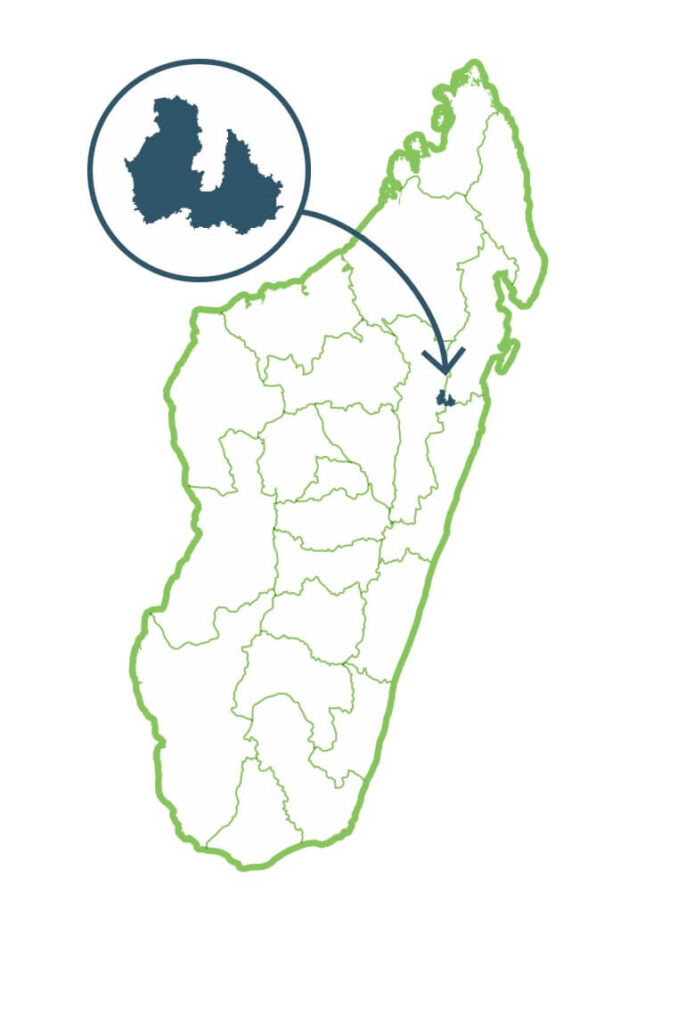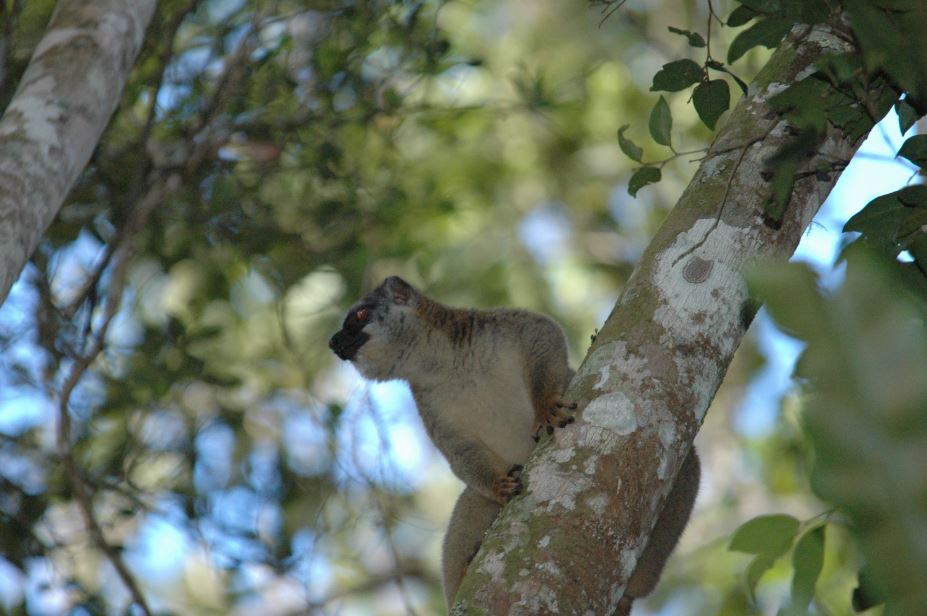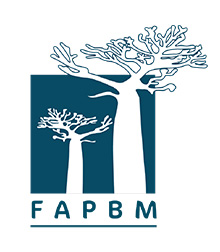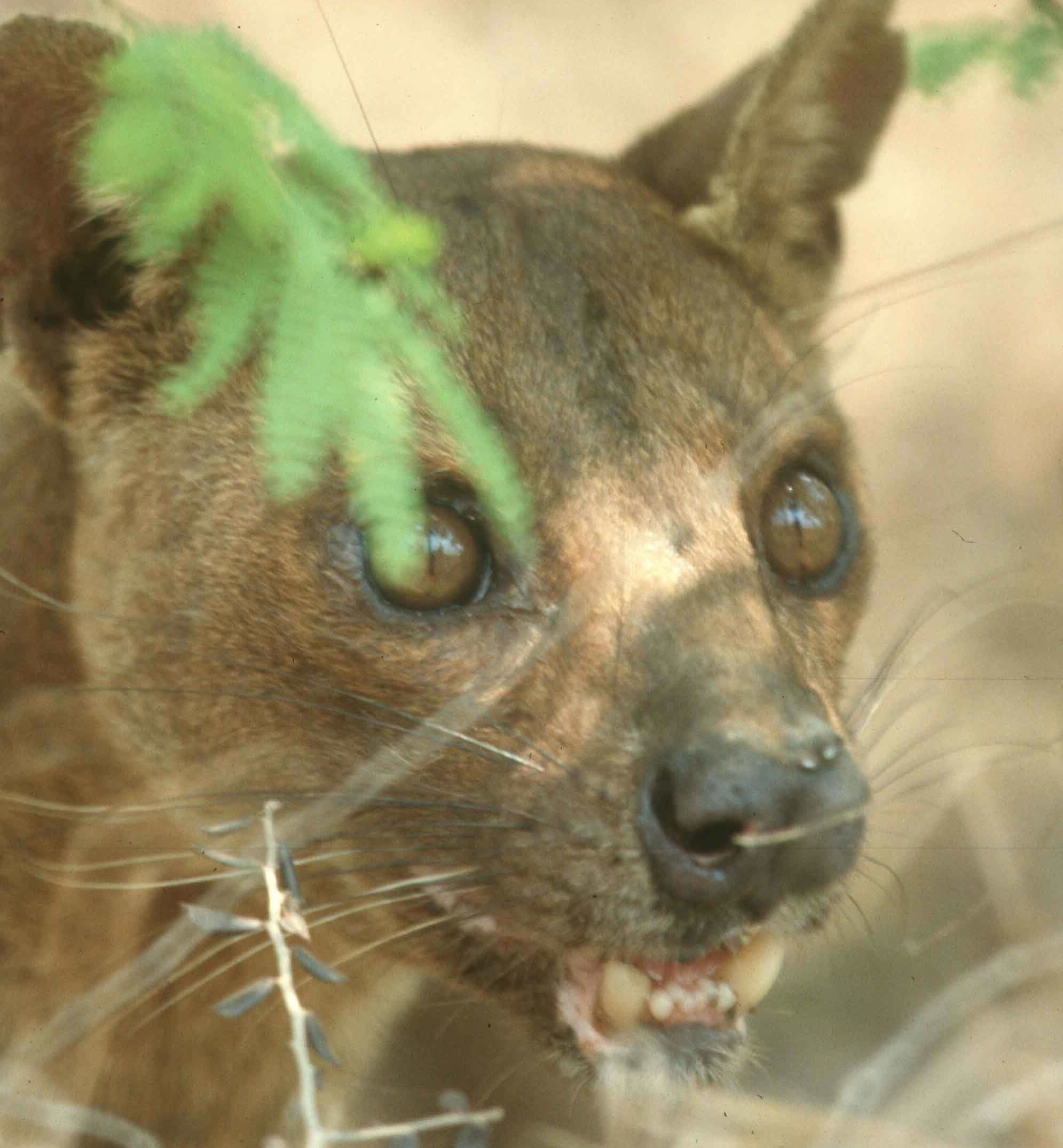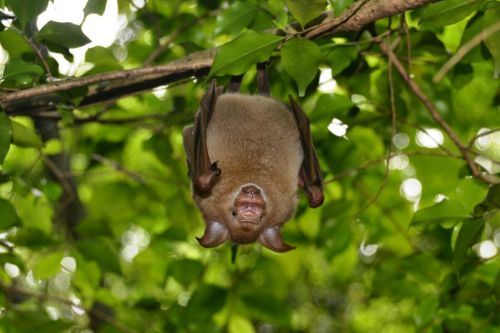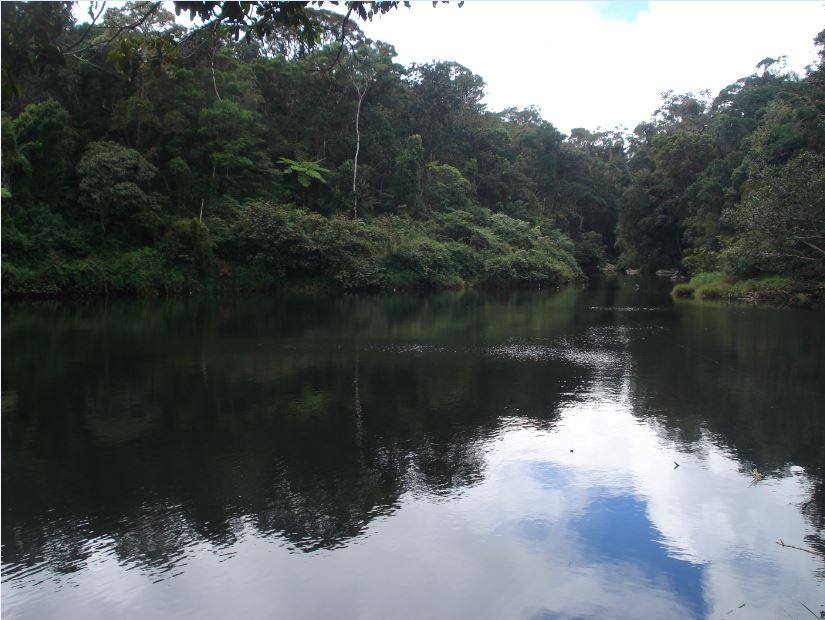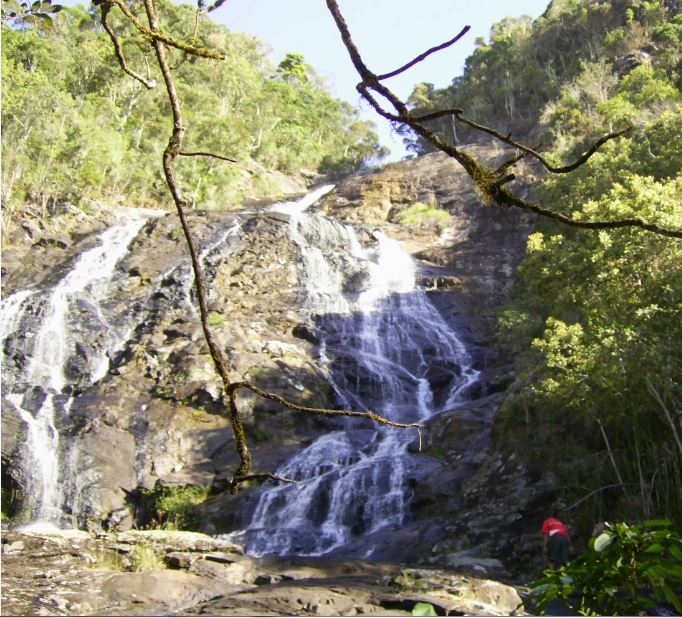Flagship Species
Zahamena National Park is part of the serial world heritage site of the Atsinanana Rainforests. It is home to an exceptional biodiversity made up of mainly two major ecosystems: terrestrial ecosystem dominated by moist evergreen forests and an aquatic ecosystem consisting of a very dense network of rivers and swampy formations. There is a wide range of habitats associated with an exceptional bird diversity (over 95% of species characteristic of the ecoregion), and a high reptile diversity.
